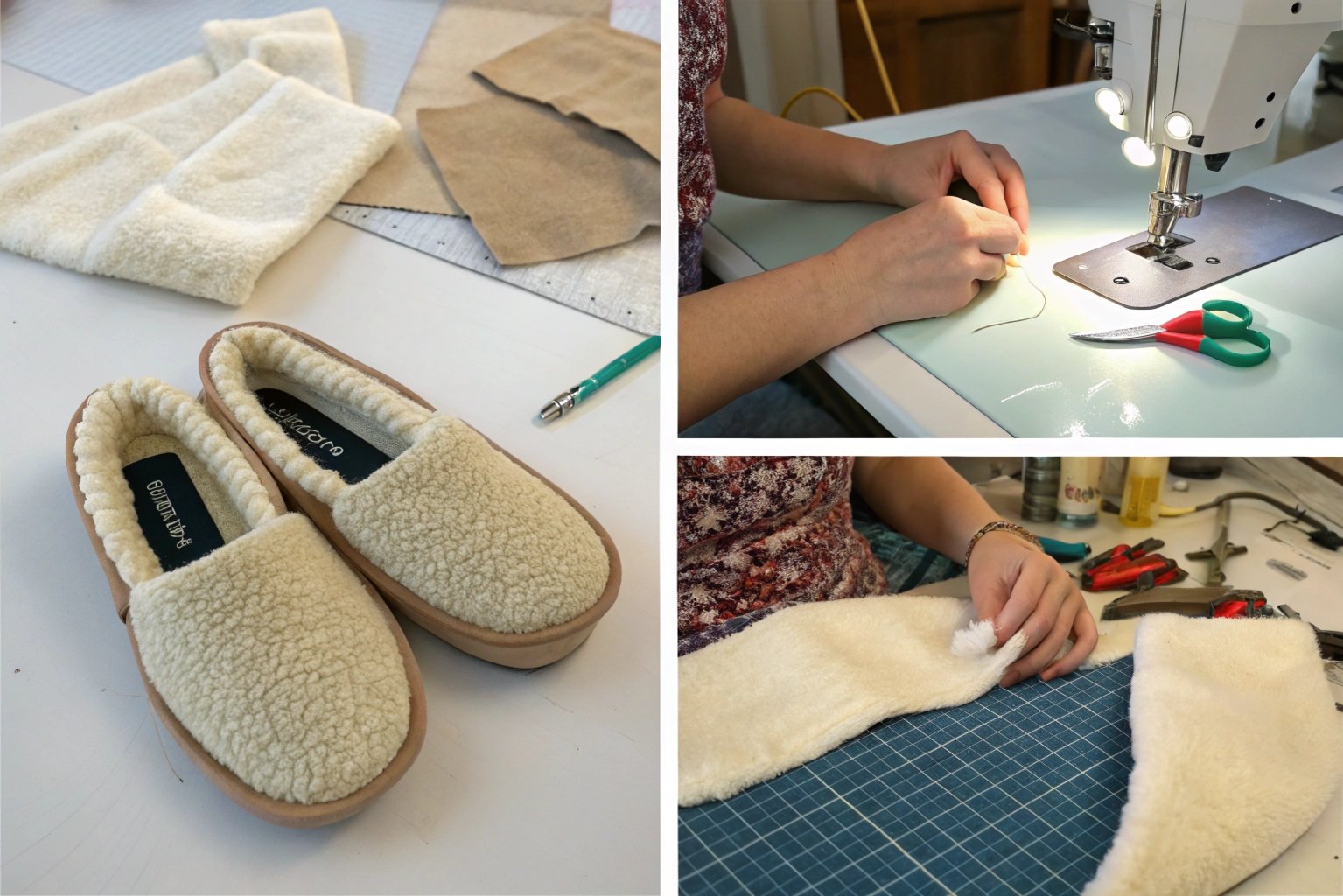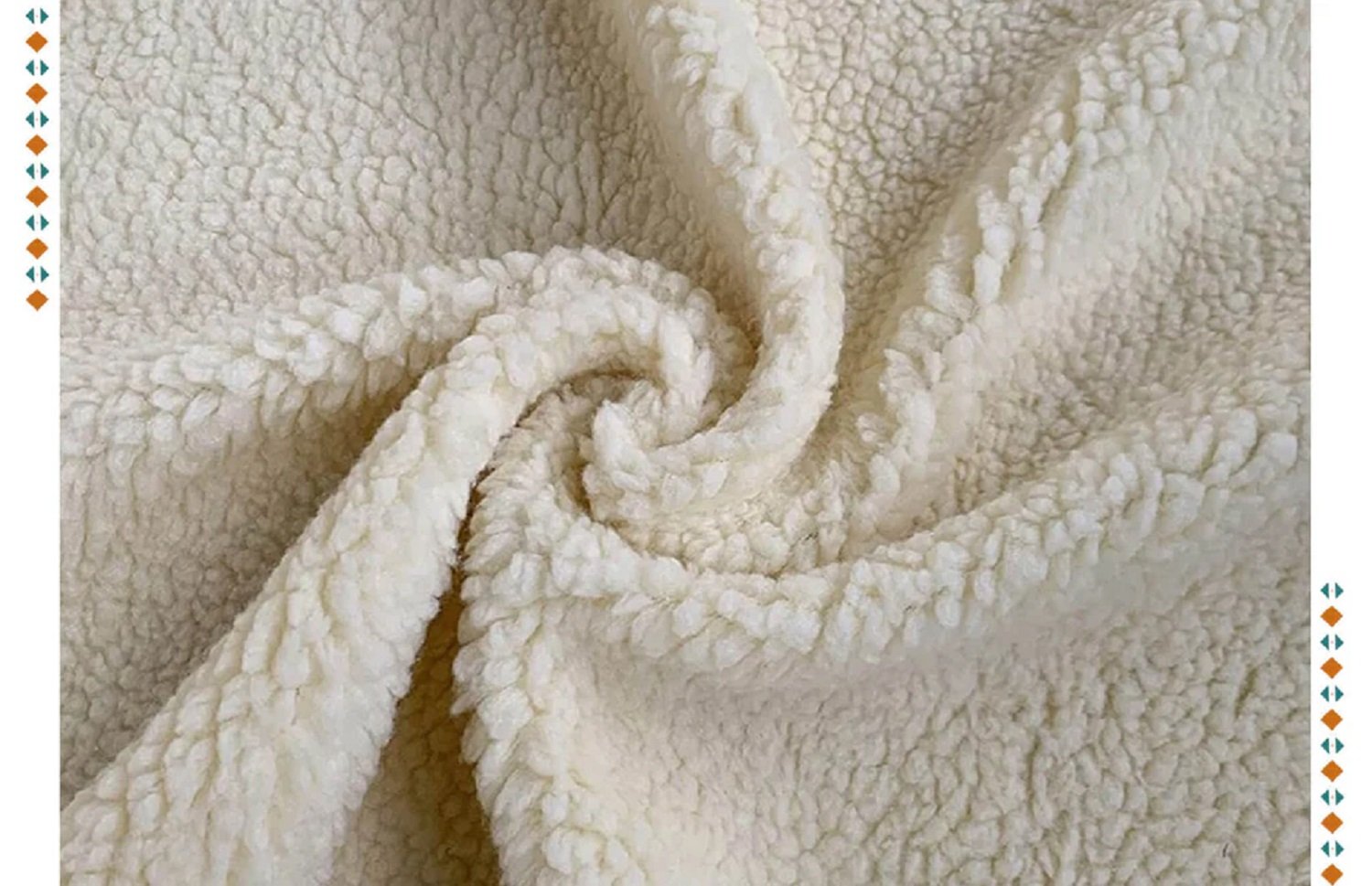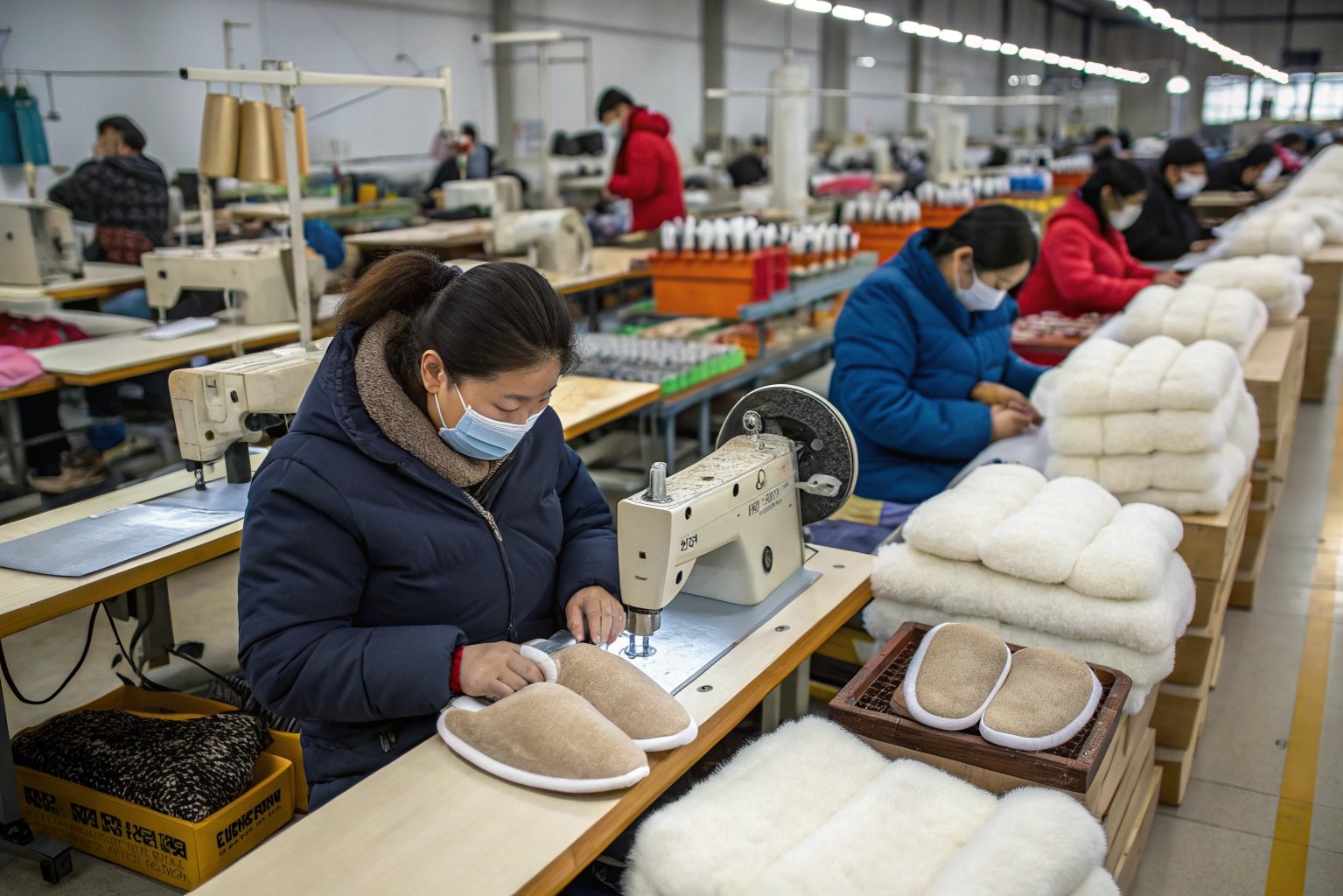Are your feet cold just thinking about winter? Do you dream of cozy slippers to keep them warm? Don’t worry! We can help you understand how winter slippers are made.
Shaping and finalizing winter slippers involves careful design, material selection, and precise manufacturing techniques to ensure warmth, comfort, and durability. Let’s break down the key steps.

Making a great slipper isn’t easy. But with the right steps, it’s totally possible. So, how do we actually make winter slippers?
How to design ideal winter slippers?
Are you wondering how to make the perfect winter slipper? A great design is key to a cozy, comfortable slipper.
To design ideal winter slippers, consider warmth, support, and style. Choose insulated materials, ergonomic shapes, and attractive designs that customers will love.

When designing winter slippers, I always start with the customer in mind. What do they need? What do they want? For example, Robert Miller, a procurement manager at Rockdove Footwear, is primarily concerned with quality control and low cost. His considerations will be brand protection, cost savings and reliable supply chain when he design slippers, so I need to think about it from the beginning.
-
Material Selection: Choosing the right materials is super important. Think about what keeps feet warm. Wool, fleece, and faux fur are good choices. They trap heat and feel soft against the skin. The outer material also matters. It should be durable and maybe water-resistant. Consider EVA plastic for the sole for durability and grip.
-
Ergonomic Design: Comfort is key. Think about the shape of the foot. Slippers should support the arch and cushion the heel. I like to look at foot contours to make sure the slipper fits well. Avoid designs that are too tight or too loose. An adjustable closure, like a Velcro strap, can improve the fit.
-
Style and Aesthetics: Slippers can be functional and fashionable. Think about current trends. What colors and patterns are popular? Consider adding unique details, like embroidery or appliques. Our ODM service helps with this, as we can discuss local customer preferences with retailers to ensure that slipper designs are popular.
I’ve learned that a balanced approach to design is best. Prioritizing both comfort and style is important. And the slipper must meet customer needs and expectations.
What are the key processes in shaping winter slippers?
Are you curious about what actually happens in the slipper factory? Shaping winter slippers involves many precise steps.
Key processes in shaping winter slippers include cutting, stitching, lasting, and molding. Each step requires skilled workers and specialized equipment to ensure quality and consistency.

The shaping process is where the slipper really comes to life. It takes skill and precision to turn materials into a wearable product. Here’s how we do it.
-
Cutting: Cutting the materials correctly is step one. We use patterns to cut the fabric, lining, and sole. Accuracy is important here. Precise cutting ensures that the pieces fit together properly. We use both manual and automated cutting machines, depending on the order size.
-
Stitching: Next, we stitch the pieces together. This step requires skilled workers who can operate sewing machines. We stitch the upper part of the slipper to the lining. We also add any decorative elements, like embroidery. Stitching quality is vital for durability. Poor stitching can cause the slipper to fall apart.
-
Lasting: Lasting is when we attach the upper to the sole. The upper is stretched over a "last," which is a foot-shaped form. This gives the slipper its final shape. This step requires special equipment and a skilled operator. The lasting process affects the fit and comfort of the slipper.
-
Molding: Some slippers have molded soles or footbeds. EVA plastic slippers are made using injection molding. This creates a strong, durable sole with good support. The molding process can also add texture or patterns to the sole. This can improve grip and prevent slipping.
-
Quality Control: Throughout the shaping process, we have quality control checks. We inspect the cutting, stitching, and lasting. This helps us catch any defects early on. We want to make sure that every slipper meets our high standards.
I’ve seen firsthand how important each of these steps is. One small mistake can affect the final product. That’s why we focus on quality at every stage. We aim to produce slippers that are comfortable, durable, and meet customer expectations.
What are the important aspects of finalizing winter slippers?
What makes a slipper ready for the customer? Finalizing winter slippers requires careful attention to detail.
Important aspects of finalizing winter slippers include trimming, cleaning, attaching labels, and packaging. These steps ensure the slipper looks good and is ready for sale.

The final steps are all about making the slipper look its best. These details can make a big difference to the customer.
-
Trimming: Trimming removes any excess material or loose threads. This gives the slipper a clean, finished look. We use scissors or trimming machines for this step. Careful trimming improves the overall appearance of the slipper.
-
Cleaning: Cleaning removes any dirt or marks from the manufacturing process. We use brushes, cloths, or cleaning solutions. Cleaning ensures that the slipper looks fresh and new. A clean slipper is more appealing to customers.
-
Attaching Labels: Labels provide important information to the customer. We attach labels with the brand name, size, and care instructions. Labels must be securely attached and easy to read. Proper labeling helps customers make informed choices.
-
Packaging: Packaging protects the slipper during shipping and storage. We use bags, boxes, or other packaging materials. Packaging should be attractive and informative. Good packaging can enhance the customer’s experience.
-
Final Inspection: Before packaging, we do a final inspection. We check for any remaining defects. We make sure the slipper meets our quality standards. This is our last chance to catch any problems.
For a Procurement Manager like Robert Miller, he will pay much attention to ensure all slippers meet the brand’s exacting standards so that returns and customer complaints are unacceptable and reflect poorly on the brand.
In my experience, these finishing touches are critical. They show that we care about the details. We want every slipper to be perfect when it reaches the customer. We pay attention to every stage of the process, from design to packaging, and the key to success lies in the fact that every detail must be flawless.
Conclusion
Shaping and finalizing winter slippers involves a complex process. From design to packaging, every step counts. The goal is to create a product that is warm, comfortable, and appealing to customers.

